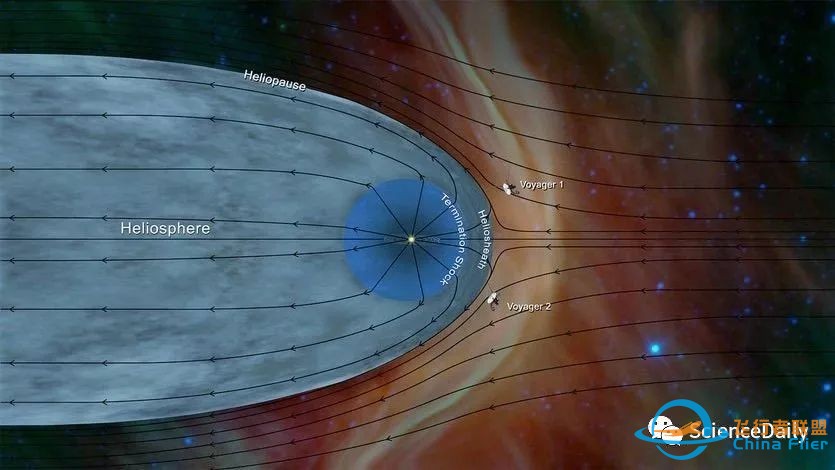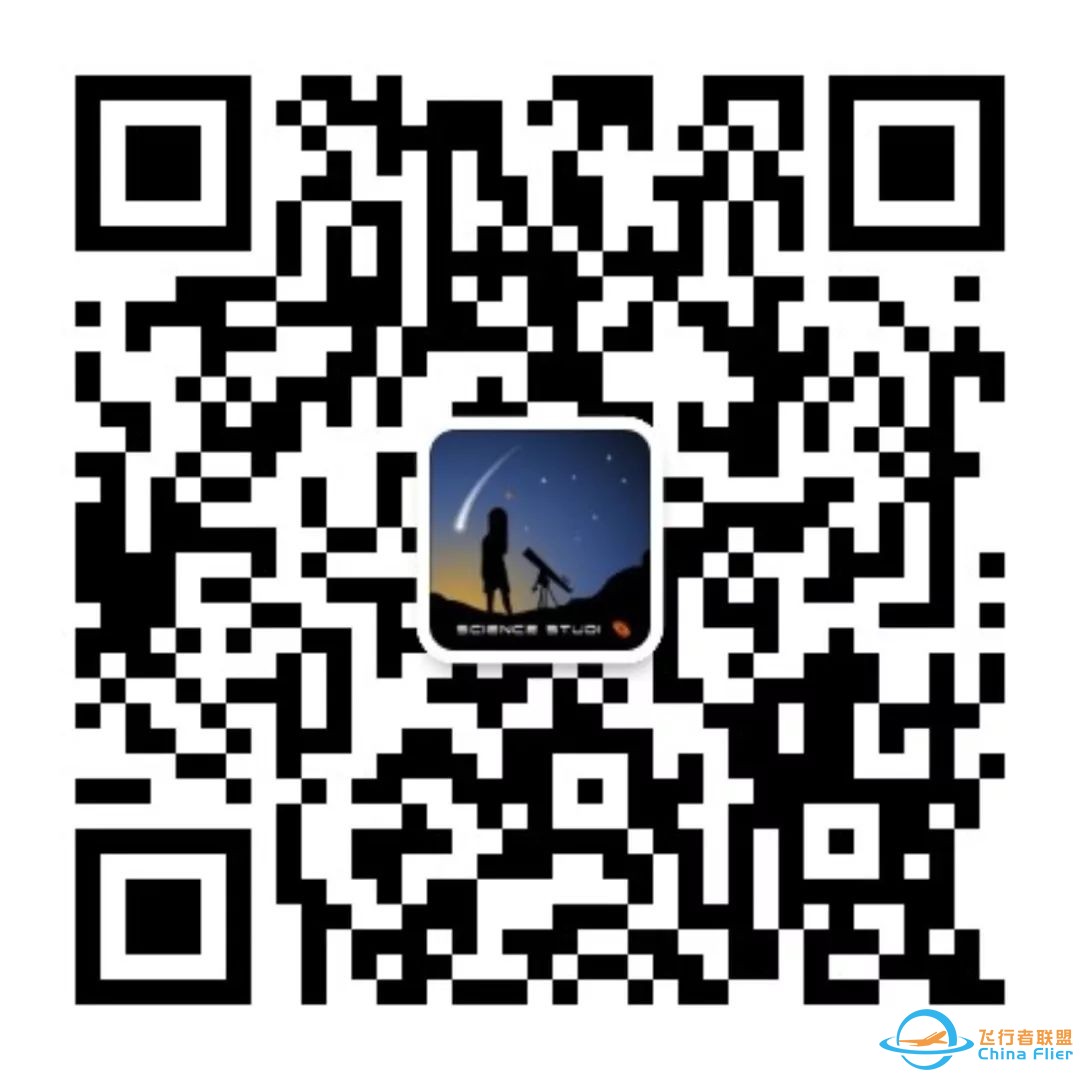|
|

Researchers detect a tell-tale jump in plasma density.

Data from Voyager 2 has helped further characterise the structure of the heliosphere, the windsock-shaped region created by the Sun's wind as it extends to the boundary of the Solar System.
NASA JPL
Scientists have confirmed that Voyager 2 has entered the interstellar medium (ISM), the region of space outside the bubble-shaped boundary produced by wind streaming outward from the Sun.
This make it the second human-made object – after Voyager 1 in 2012 – to journey out of the Sun's influence.
In a paper in the journal Nature Astronomy, Don Gurnett and Bill Kurth, from the University of Iowa, US, report a definitive jump in plasma density detected by a plasma wave instrument on Voyager 2.
This, they say, is evidence of it journeying from the hot, lower-density plasma characteristic of the solar wind to the cool, higher-density plasma of interstellar space. A similar thing happened with Voyager 1.
"In a historical sense, the old idea that the solar wind will just be gradually whittled away as you go further into interstellar space is simply not true," says Gurnett, who is principal investigator on the plasma wave instrument aboard both spacecraft.
"We show with Voyager 2 – and previously with Voyager 1 – that there's a distinct boundary out there. It's just astonishing how fluids, including plasmas, form boundaries."
Gurnett and Kurth's paper is one of five in the journal confirming Voyager 2's passage into interstellar space on 5 November 2018 and providing details on the characteristics of the heliopause, the outermost solar structure and boundary between the heliosphere and interstellar space.
Voyager 2's entry occurred at 119.7 astronomical units (AU), or more than 17 billion kilometres from the Sun. Voyager 1 passed into the ISM at 122.6 AU.
The spacecraft were launched within weeks of each other in 1977, with different mission goals and trajectories through space, yet they crossed into the ISM at basically the same distances from the Sun.
That gives valuable clues, Kurth says, to the structure of the heliosphere..
"It implies that the heliosphere is symmetric, at least at the two points where the Voyager spacecraft crossed," he says. "That says that these two points on the surface are almost at the same distance."
"There's almost a spherical front to this," adds Gurnett. "It's like a blunt bullet."
Data from Voyager 2 also gives clues to the thickness of the heliosheath, the outer region of the heliosphere and the point where the solar wind piles up against the approaching wind in interstellar space. Gurnett likens this to the effect of a snowplough on a city street.
The researchers say the heliosheath has varied thickness, based on data showing Voyager 1 sailed 10 AU farther than its twin to reach the heliopause, a boundary where the solar wind and the interstellar wind are in balance and considered the crossing point to interstellar space.
Some had thought Voyager 2 would make that crossing first, based on models of the heliosphere.
—The End—

Science科学英语平台
THE SCIENCE OF EVERYTHING

English
Science科学
了解未知 开启认知

Chinese
Click“Wow”,Share your “Top Stories”
|
|